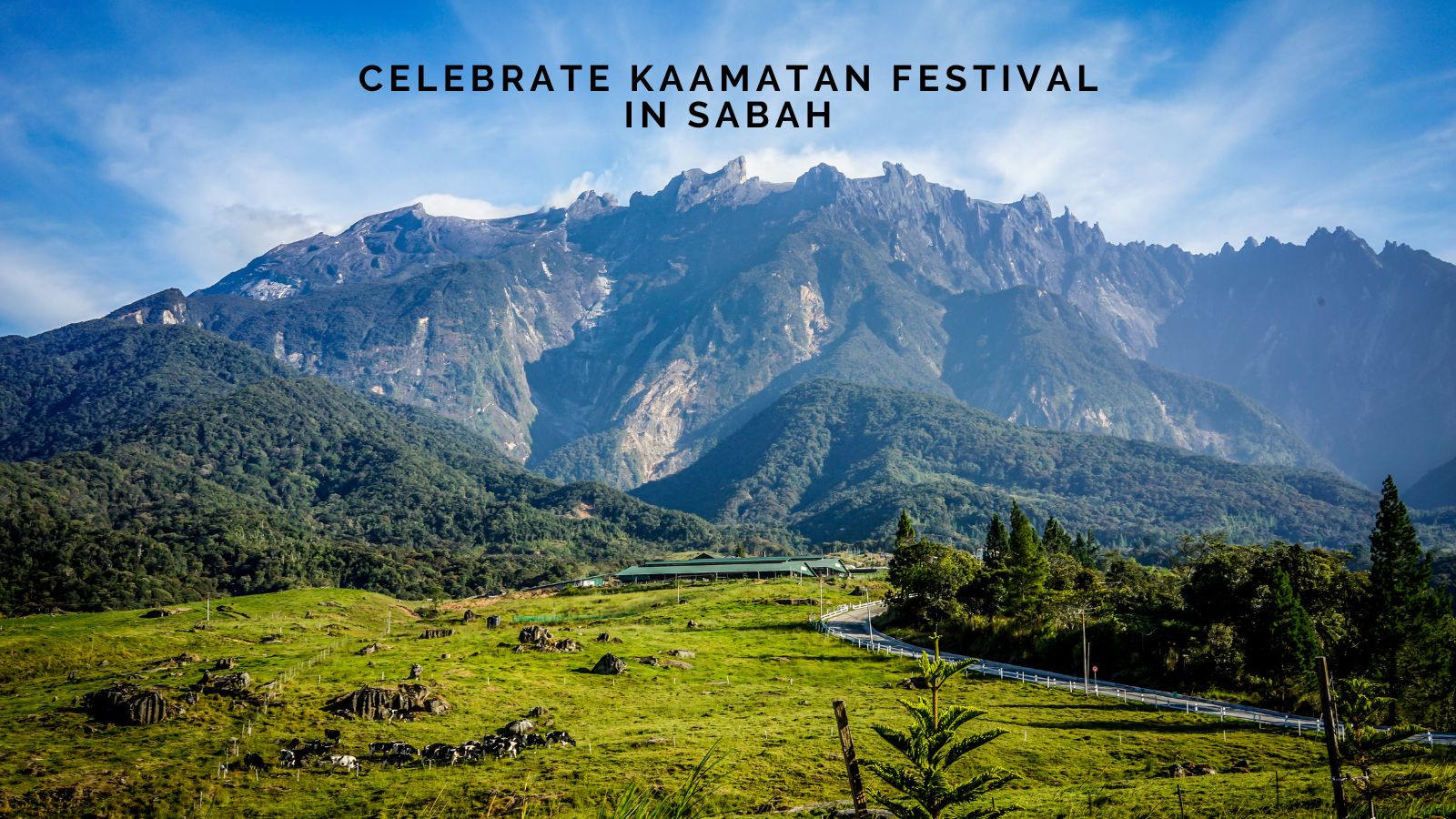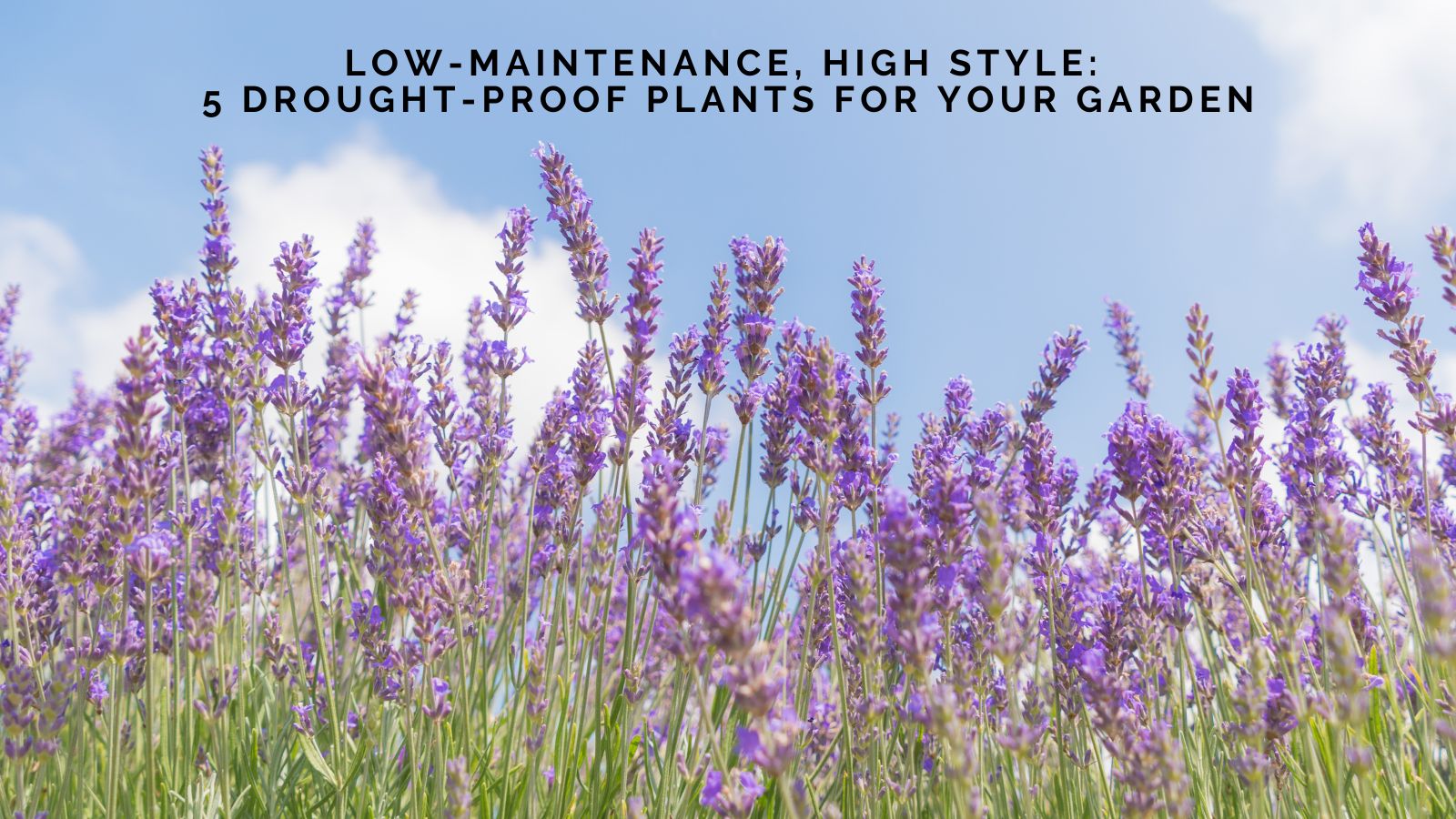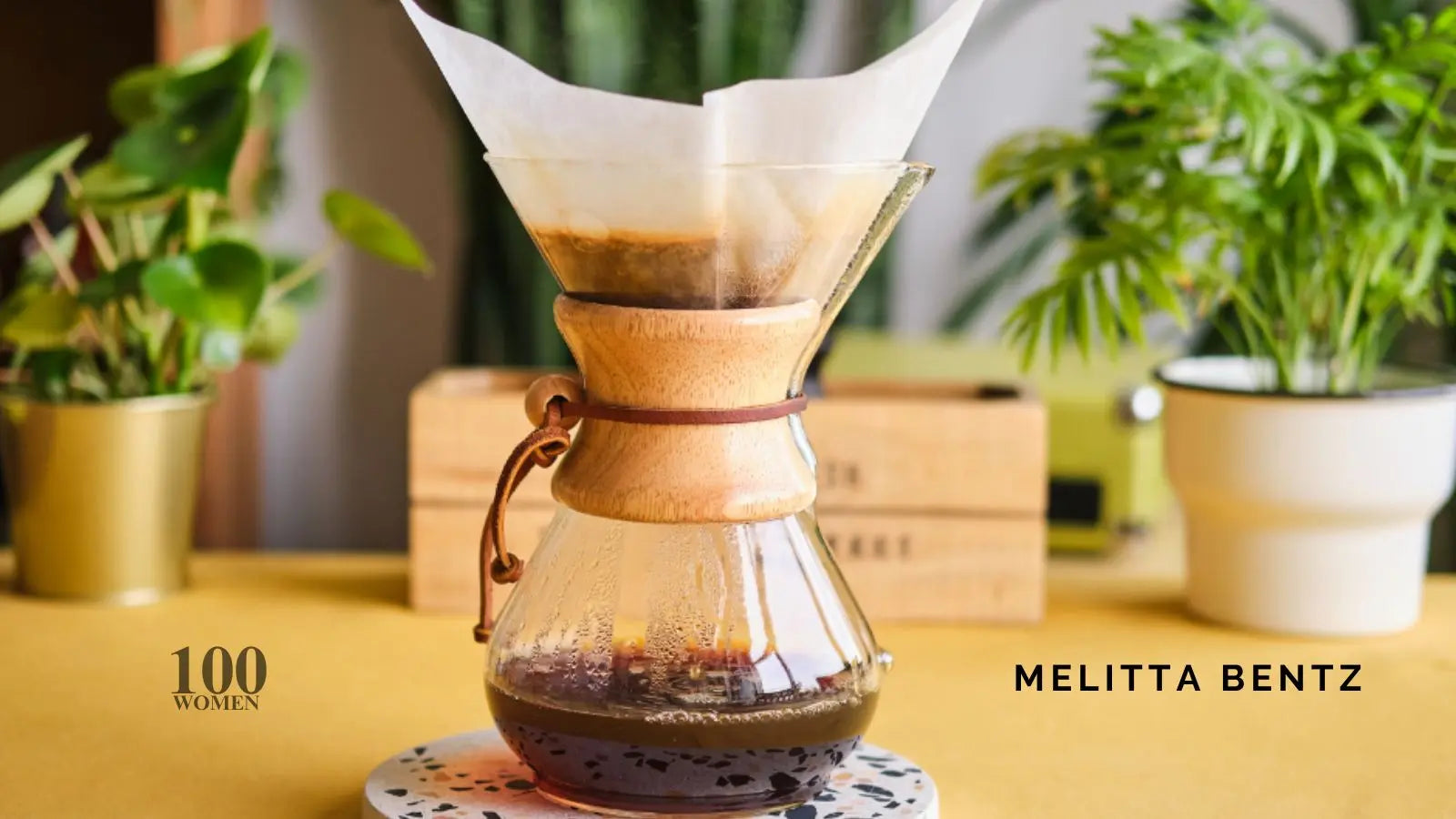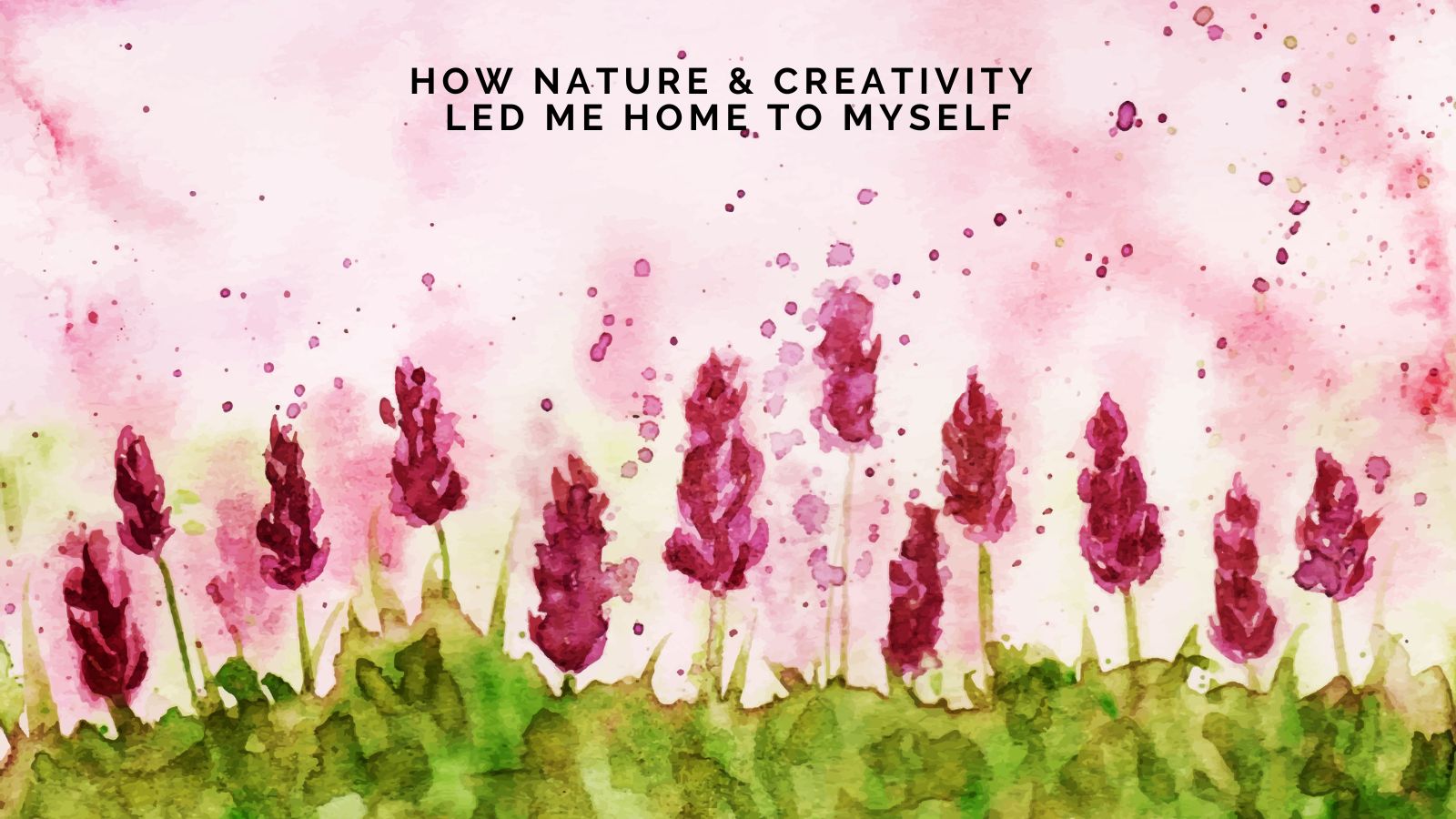
There are few places in Southeast Asia as wildly diverse, deeply spiritual, and enchantingly untouched as Sabah, Malaysia. While Peninsular Malaysia often takes the spotlight with Kuala Lumpur’s gleaming skyline and Penang’s famous street food, Sabah—tucked away on the northern tip of Borneo—holds its own rich tapestry of culture, tradition, and raw natural beauty. And at the heart of it all lies Kaamatan, the Harvest Festival that beats like a drum in the soul of the Kadazan-Dusun people.
I had the privilege of experiencing Kaamatan first-hand, and I’ll say this: it’s not just a celebration. It’s an invitation—to witness gratitude, dance in ancient rhythm, taste heritage, and above all, to understand what it means to truly belong to the land.
Before diving into Kaamatan itself, let’s set the scene.
 (43).jpg)
Sabah is one of two Malaysian states on the island of Borneo, the third-largest island in the world. Unlike Peninsular Malaysia, which feels more urbanised and fast-paced, Sabah offers a slower, more organic experience. Here, you’ll find pristine beaches, ancient rainforests, and the majestic Mount Kinabalu—one of Southeast Asia’s tallest peaks. It’s a land of orangutans swinging through the jungle canopy, coral reefs teeming with life, and communities still deeply rooted in indigenous customs.
 (42).jpg)
Sabah’s population is a colourful mosaic of ethnic groups, the largest being the Kadazan-Dusun, alongside the Bajau, Murut, Rungus, and many others. It’s this rich cultural heritage that breathes life into celebrations like Kaamatan.
Kaamatan, also known as the Harvest Festival, is celebrated annually throughout May, culminating in a vibrant two-day state holiday on 30th and 31st May. The word ‘Kaamatan’ itself comes from the Kadazan-Dusun word “tomot,” which means harvest.
Much like harvest festivals around the world, Kaamatan is a time to give thanks. But in Sabah, it runs deeper than just the end of the rice season. It’s rooted in ancient beliefs, specifically the story of Huminodun, a goddess-like figure who sacrificed herself so that her body could feed her people.
According to legend, in a time of great famine, the gods decreed that a virgin must be sacrificed to restore fertility to the land. Huminodun, the daughter of the great deity Kinoingan, offered herself willingly. From her body grew rice—the sacred gift of life. This tale underscores how profoundly rice is tied not just to sustenance, but to spirituality and sacrifice in Sabah’s culture.
 (44).jpg)
Kaamatan isn’t just a single event—it’s a month-long festival filled with rituals, merrymaking, and plenty of rice wine (locally known as tapai or lihing). Here’s what makes it such a mesmerising experience:
Magavau Ritual. This solemn ceremony is performed by Bobohizan, the traditional priestesses or spiritual healers of the Kadazan-Dusun. They communicate with the rice spirit, Bambarayon, to thank it for the harvest and to ensure abundance in the coming year.
It’s spiritual, almost otherworldly. Watching a Bobohizan chant and sway to ancient rhythms in full ceremonial attire gives you goosebumps—like you’ve stepped back into a time when the land and its people were truly one.
Unduk Ngadau Beauty Pageant. This isn’t your typical pageant. The Unduk Ngadau pays homage to Huminodun, with each contestant embodying grace, poise, and deep cultural knowledge. Young women don traditional attire and represent their districts, competing not just in beauty, but in their understanding of Kadazan-Dusun values and heritage.
It’s both empowering and moving—these women are modern cultural torchbearers, reminding the world that tradition is not old-fashioned, but sacred.
Traditional Games, Music & Dance. No festival in Sabah is complete without the hypnotic beats of the sompoton (a traditional mouth organ), the rhythmic stomping of the Magunatip bamboo dance, or the thrill of arm wrestling competitions, slingshot contests, and buffalo racing.
Locals and visitors alike are encouraged to join in. Whether you're trying to balance on slippery bamboo or attempting a dance step while sipping tapai, there's a sense of joyful chaos that’s completely infectious.
 (45).jpg)
Feasting & Tapai. Food is the heartbeat of Kaamatan. Expect to indulge in hinava (a tangy raw fish salad, pictured above), tuhau (wild ginger pickle), and steaming platters of rice served on banana leaves. And of course, tapai is poured freely, shared between friends and strangers alike in bamboo cups.
There’s a deep sense of hospitality here that’s hard to describe—one where you’re welcomed not just as a guest, but as a member of the tribe, even if just for a day.
To travel is to understand, and there’s no better time to understand Sabah than during Kaamatan.
You’ll witness a side of Malaysia that most travellers miss—a land where myths still matter, where spirituality is entwined with agriculture, and where celebration isn’t commodified but remains earnest, earthy, and full of heart.
More importantly, Kaamatan reminds us all of a universal truth: that we owe something to the land that feeds us. And in honouring that connection, we rediscover parts of ourselves we didn’t know were lost.
Practical Tips for Visiting Sabah During Kaamatan
Plan Ahead: Accommodations, especially in Kota Kinabalu and surrounding districts, get booked quickly around the end of May. Reserve early.
Dress Respectfully: You’ll be attending ceremonies that are sacred to the locals. Modest, comfortable clothing is appreciated.
Try the Local Language: A simple “Kotohuadan” (thank you) goes a long way with the locals.
Stay Curious: Ask questions, join in the dancing, and don’t be afraid to get your hands dirty (or your lips purple from too much tapai!).
Sabah is a living story, and Kaamatan is one of its most heartfelt chapters. If you want to experience Malaysia beyond the postcards and skyscrapers, come to Sabah in May. Come for the rice wine, stay for the warmth, and leave with a piece of something ancient, something sacred, resting quietly in your heart.
As they say in Kadazan, “Ong-kii Kaamatan!” — Happy Harvest Festival!
.jpg)







.jpg)







.jpg)





